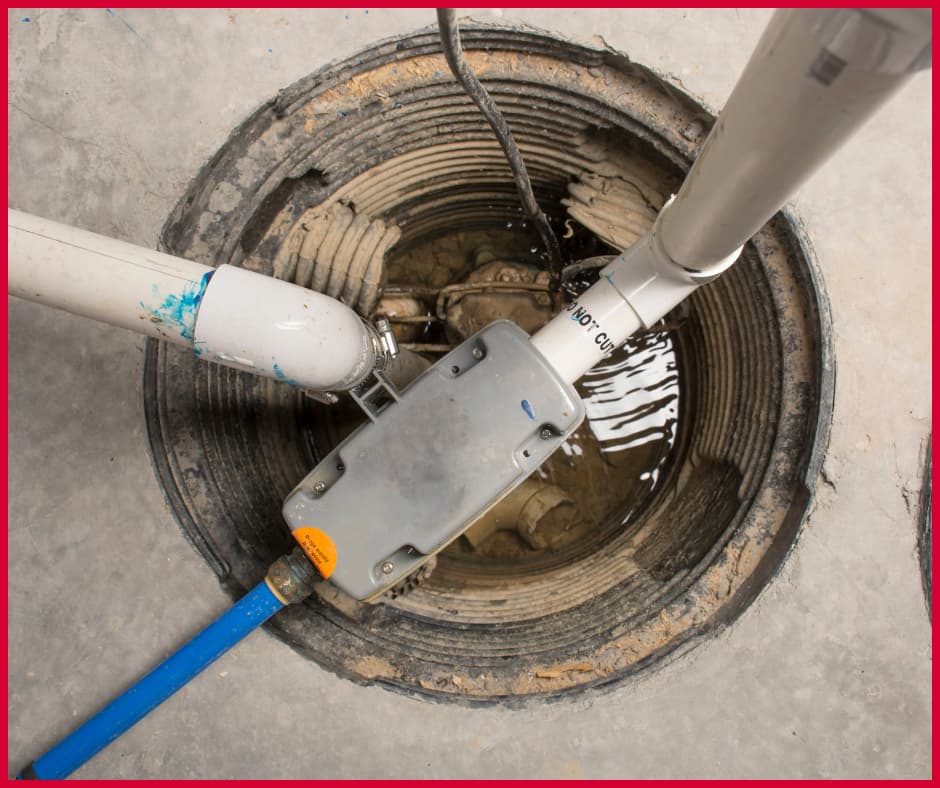A sump pump plays a vital role in keeping your basement dry and preventing water damage. Regular testing ensures that your sump pump is functioning properly, especially before heavy rainfall or melting snow. Here’s a step-by-step guide on how to test one and keep your home protected from potential flooding.
Step 1: Locate Your Sump Pump
First, identify where your sump pump is located. It is typically found in a sump pit in the basement or crawl space. Make sure the area around it is clear of debris and easily accessible.
Step 2: Inspect the Power Source
A sump pump needs a reliable power source to operate. Check that the pump is plugged into a ground fault circuit interrupter (GFCI) outlet. Reset the outlet if necessary and inspect the power cord for any damage.
Step 3: Test the Float Switch

The float switch activates the pump when the water level rises. To test it, slowly pour water into the sump pit until the float rises. The pump should start automatically and drain the water. If it doesn’t turn on, the switch may be stuck or faulty.
Step 4: Check the Discharge Pipe
Follow the discharge pipe outside to ensure it is directing water away from your foundation. Remove any obstructions, such as dirt, debris, or ice, that could cause backups or inefficient operation.
Step 5: Perform a Manual Test
If your sump pump has a backup battery, unplug the main power source to verify that the backup system engages. This test is crucial for ensuring the pump will function during a power outage.
Step 6: Listen for Unusual Noises
A properly functioning sump pump should run smoothly. If you hear grinding, rattling, or excessive vibration, there could be debris stuck in the impeller, or the motor may be wearing out.
Step 7: Schedule Routine Maintenance
Testing your sump pump every few months can help prevent unexpected failures. Consider having a professional inspect and clean the pump annually for optimal performance.
By following these steps, you can ensure that yours is ready to protect your home from water damage. Regular testing and maintenance will give you peace of mind, knowing that your basement remains dry even during heavy rainstorms.